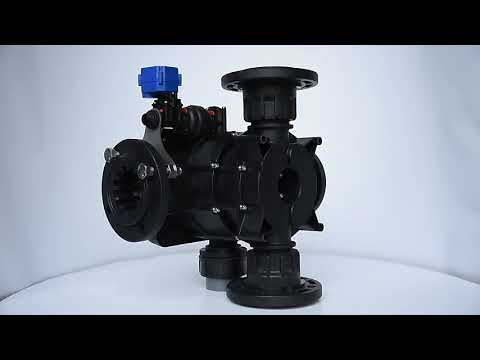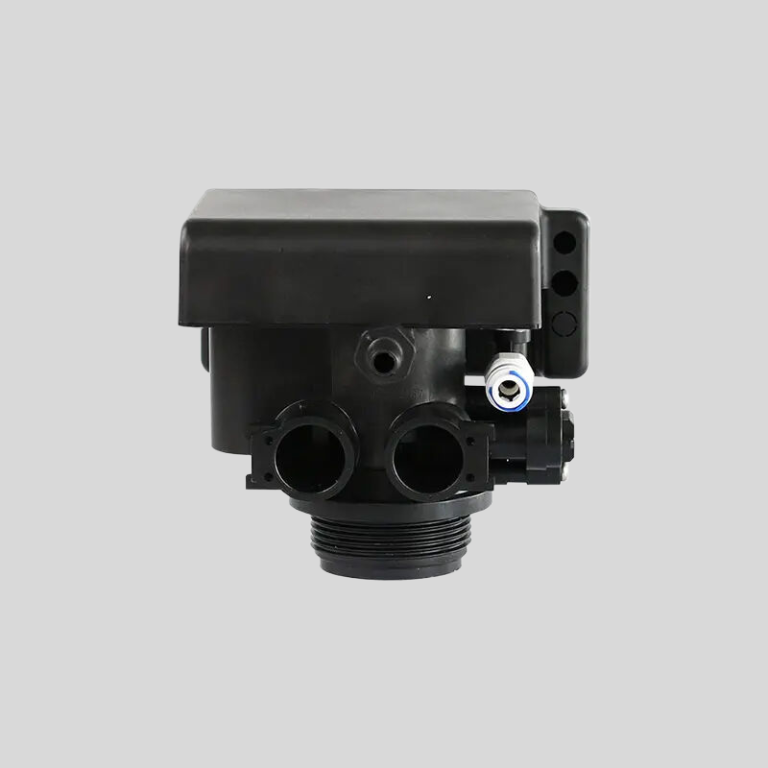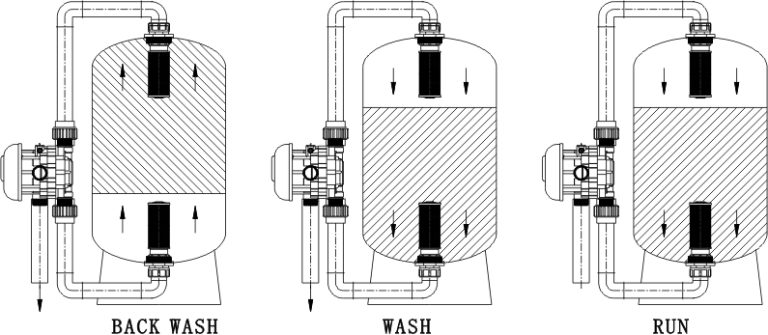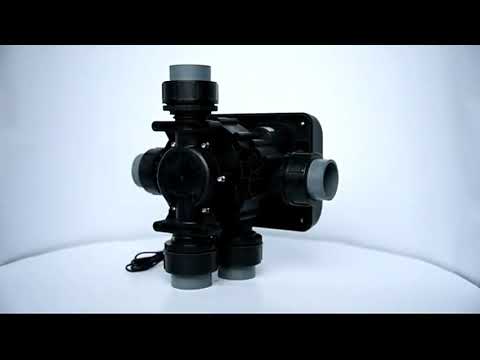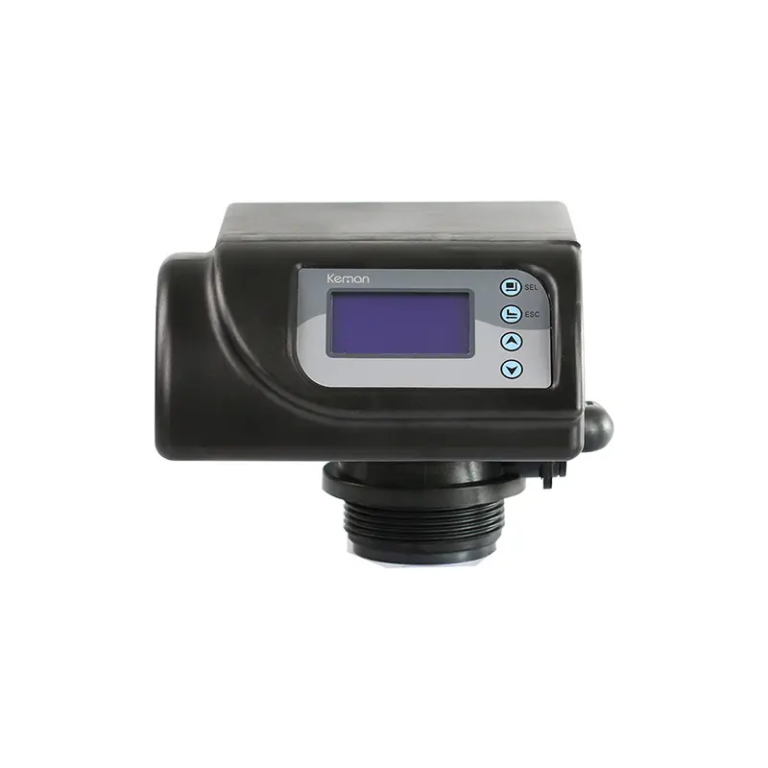Table of Contents
Exploring the Latest Techniques in Soft Tissue Valve Repair
Soft tissue valve repair is a critical aspect of cardiovascular medicine, particularly in the treatment of heart valve diseases. This field has seen significant advancements in recent years, with new techniques and technologies emerging to improve patient outcomes. These advancements have revolutionized the way surgeons approach valve repair, offering less invasive options and more precise results.
One of the most significant advancements in soft tissue valve repair is the development of minimally invasive surgical techniques. Traditionally, valve repair required open-heart surgery, a procedure that involves significant risks and a lengthy recovery period. However, minimally invasive techniques, such as transcatheter aortic valve replacement (TAVR) and transcatheter mitral valve repair (TMVR), have transformed the field. These procedures involve the insertion of a catheter into a blood vessel, which is then guided to the heart. This allows surgeons to repair or replace the damaged valve without the need for open-heart surgery.
The advent of these minimally invasive techniques has not only reduced the risks associated with valve repair but also significantly shortened the recovery period. Patients can often return to their normal activities within a few weeks, compared to several months with traditional surgery. Furthermore, these techniques have proven particularly beneficial for high-risk patients who may not be suitable candidates for open-heart surgery.
In addition to minimally invasive techniques, advancements in imaging technology have also played a crucial role in the evolution of soft tissue valve repair. High-resolution imaging techniques, such as 3D echocardiography and cardiac magnetic resonance imaging (MRI), provide detailed images of the heart and its valves. This allows surgeons to accurately assess the extent of the valve damage and plan the most effective repair strategy.
Moreover, these imaging techniques also enable real-time visualization during the procedure, enhancing the precision of the repair. Surgeons can monitor the progress of the procedure and make necessary adjustments, ensuring optimal results. This has significantly improved the success rate of soft tissue valve repair, reducing the likelihood of complications and the need for repeat procedures.
While biological valves may not last as long as mechanical ones, they offer a significant advantage in terms of quality of life. This is particularly important for younger patients or those who lead active lifestyles. Furthermore, advancements in tissue engineering are paving the way for the development of more durable biological valves, potentially extending their lifespan.
In conclusion, the field of soft tissue valve repair has seen remarkable advancements in recent years. The development of minimally invasive techniques, high-resolution imaging technologies, and biological materials for valve replacement have significantly improved patient outcomes. These advancements not only offer more effective treatment options but also enhance the quality of life for patients with heart valve diseases. As research continues, we can expect to see further innovations that will continue to revolutionize this critical aspect of cardiovascular medicine.
Understanding the Benefits and Risks of Soft Tissue Valve Repair
Soft tissue valve repair is a surgical procedure that has gained significant attention in the medical field due to its potential to treat heart valve diseases effectively. This procedure involves the repair of the heart’s valves, which are responsible for controlling the flow of blood in and out of the heart. The valves are made of soft tissues, and when they become damaged or diseased, they can affect the heart’s ability to pump blood efficiently. In such cases, soft tissue valve repair can be a viable solution.
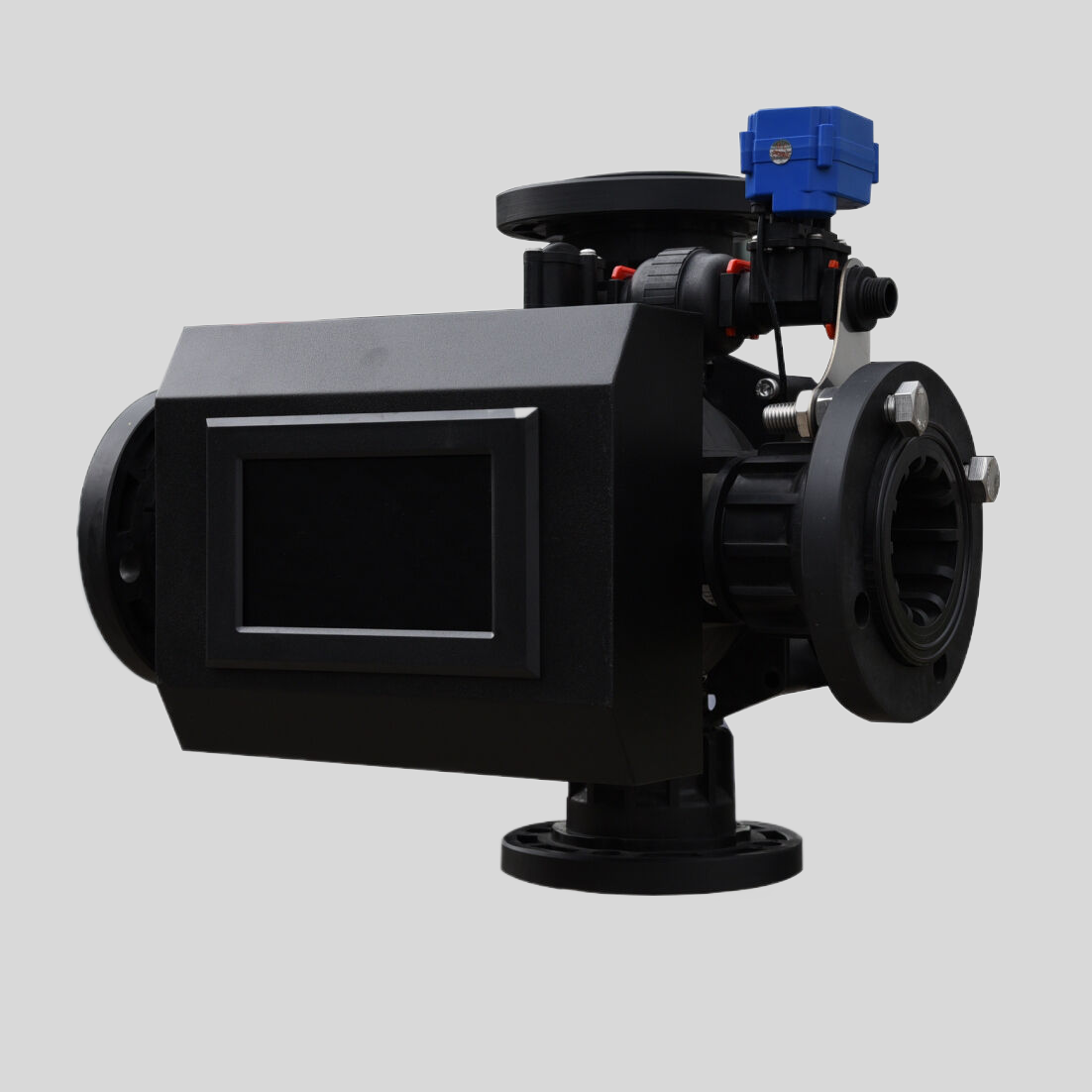
One of the primary benefits of soft tissue valve repair is that it allows for the preservation of the patient’s own heart valve. This is a significant advantage over valve replacement, which involves the use of a mechanical or biological prosthetic valve. Preserving the patient’s own valve can lead to better long-term outcomes, as the body is less likely to reject its own tissue compared to a foreign object. Moreover, patients who undergo valve repair typically do not need to take lifelong anticoagulant medication, which is often required after valve replacement to prevent blood clots.
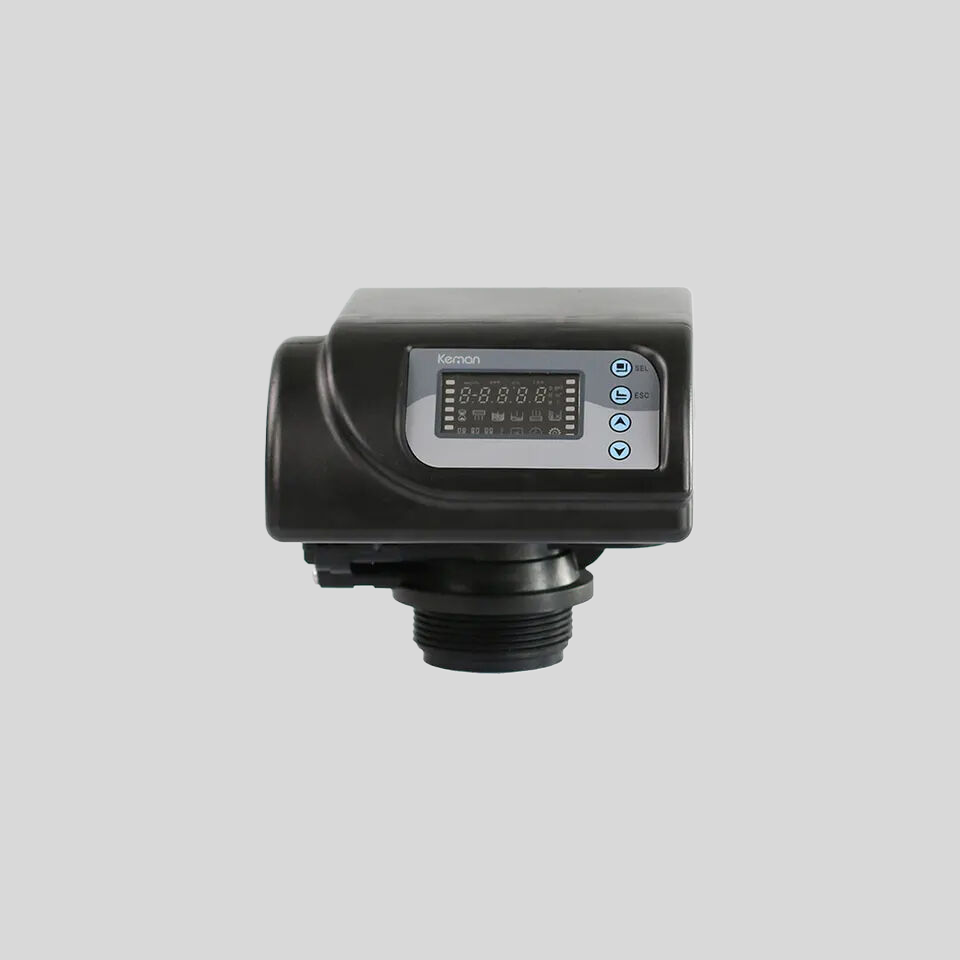
Another benefit of soft tissue valve repair is that it is less invasive than valve replacement. The procedure can often be performed using minimally invasive techniques, which involve smaller incisions and less trauma to the body. This can result in shorter hospital stays, faster recovery times, and less post-operative pain for the patient. Furthermore, studies have shown that patients who undergo valve repair have a lower risk of complications such as stroke and endocarditis, a potentially life-threatening infection of the heart’s inner lining.
Despite these benefits, it is important to note that soft tissue valve repair is not without risks. As with any surgical procedure, there is always the risk of complications such as bleeding, infection, and reactions to anesthesia. Additionally, while the goal of valve repair is to restore the valve’s function, there is a chance that the repair may not be successful, and the patient may require a second surgery or valve replacement in the future.
| Model | Central tube | Drain | Brine tank connector | Base | Maximum power | Operating temperature |
| 9500 | 1.9″(1.5″) O.D. | 1″NPTF | 3/8″& 1/2″ | 4″-8UN | 8.9W | 1℃-43℃ |
Moreover, not all patients are suitable candidates for soft tissue valve repair. The procedure is typically recommended for patients with certain types of heart valve diseases, such as mitral valve prolapse or tricuspid valve regurgitation. Patients with severe valve damage or other serious health conditions may not be eligible for valve repair and may require valve replacement instead.
In conclusion, soft tissue valve repair offers several benefits over valve replacement, including the preservation of the patient’s own valve, less invasiveness, and potentially better long-term outcomes. However, the procedure also carries risks and may not be suitable for all patients. Therefore, it is crucial for patients to discuss their options with their healthcare provider to make an informed decision about their treatment. The decision should be based on a thorough evaluation of the patient’s overall health, the severity of their valve disease, and the potential benefits and risks of the procedure.
| Model | MSD2 | MSD4 | MSD4-B | MSD10 | ASD2 -LCD/LED | ASD4-LCD/LED | ASD10-LED |
| Working Position | Service->Back wash->Brine and slow rinse->Fast rinse->Refill->Service | ||||||
| Regeneration mode | Manual | Automatic | |||||
| Inlet | 3/4” | 1” | 1” | 2” | 1/2”, 3/4”, 1” | 1/2”, 3/4”, 1” | 2” |
| Outlet | 3/4” | 1” | 1” | 2” | 1/2”, 3/4”, 1” | 1/2”, 3/4”, 1” | 2” |
| Drain | 1/2” | 1/2” | 1/2” | 1” | 1/2” | 1/2” | 1” |
| Base | 2-1/2” | 2-1/2” | 2-1/2” | 4” | 2-1/2” | 2-1/2” | 4” |
| Riser pipe | 1.05”OD | 1.05”OD | 1.05”OD | 1.5”D-GB | 1.05”OD | 1.05”OD | 1.5”D-GB |
| Water Capacity | 2m3/h | 4m3/h | 4m3/h | 10m3/h | 2m3/h | 4m3/h | 10m3/h |
| Working Pressure | 0.15-0.6MPa | ||||||
| Working Temperature | 5-50°C | ||||||
| Power Supply | No Need Power | AC100-240V/50-60Hz DC12V-1.5A | |||||


